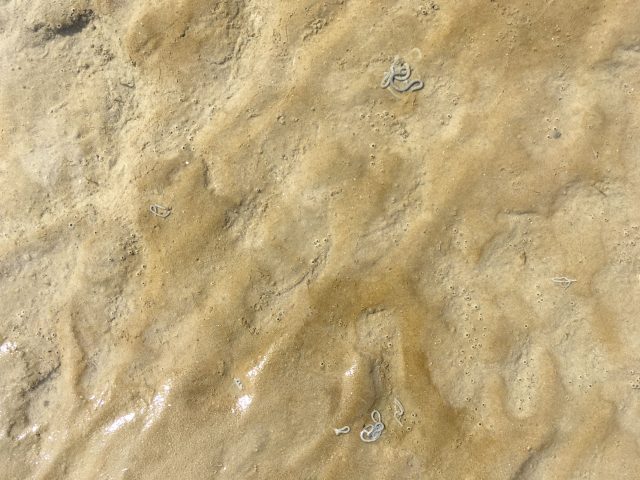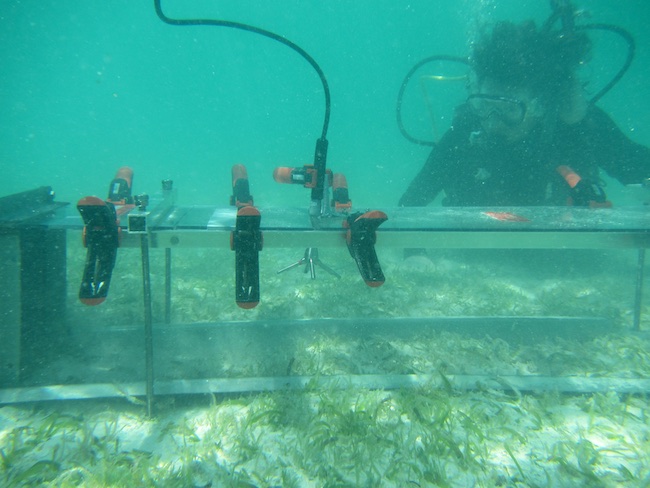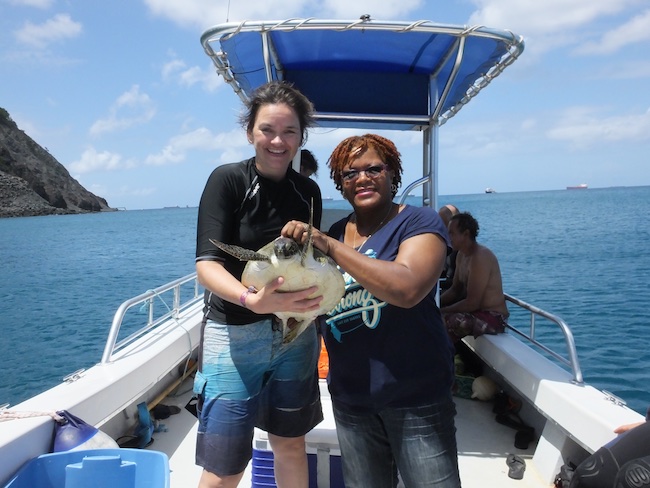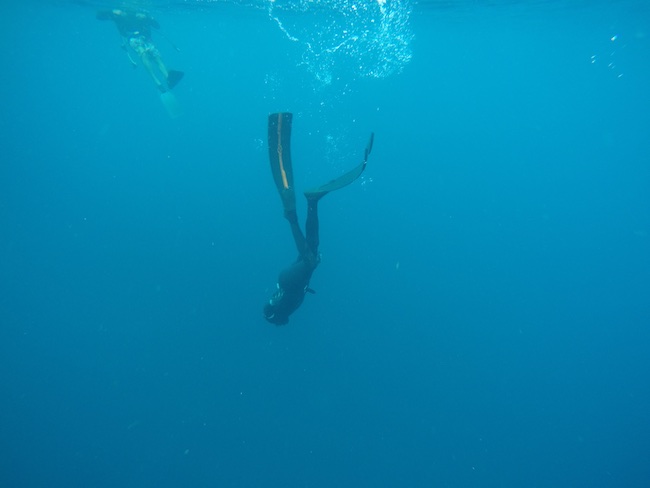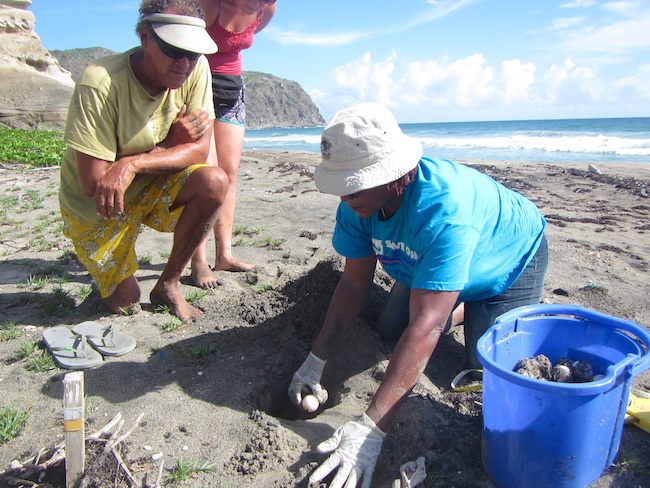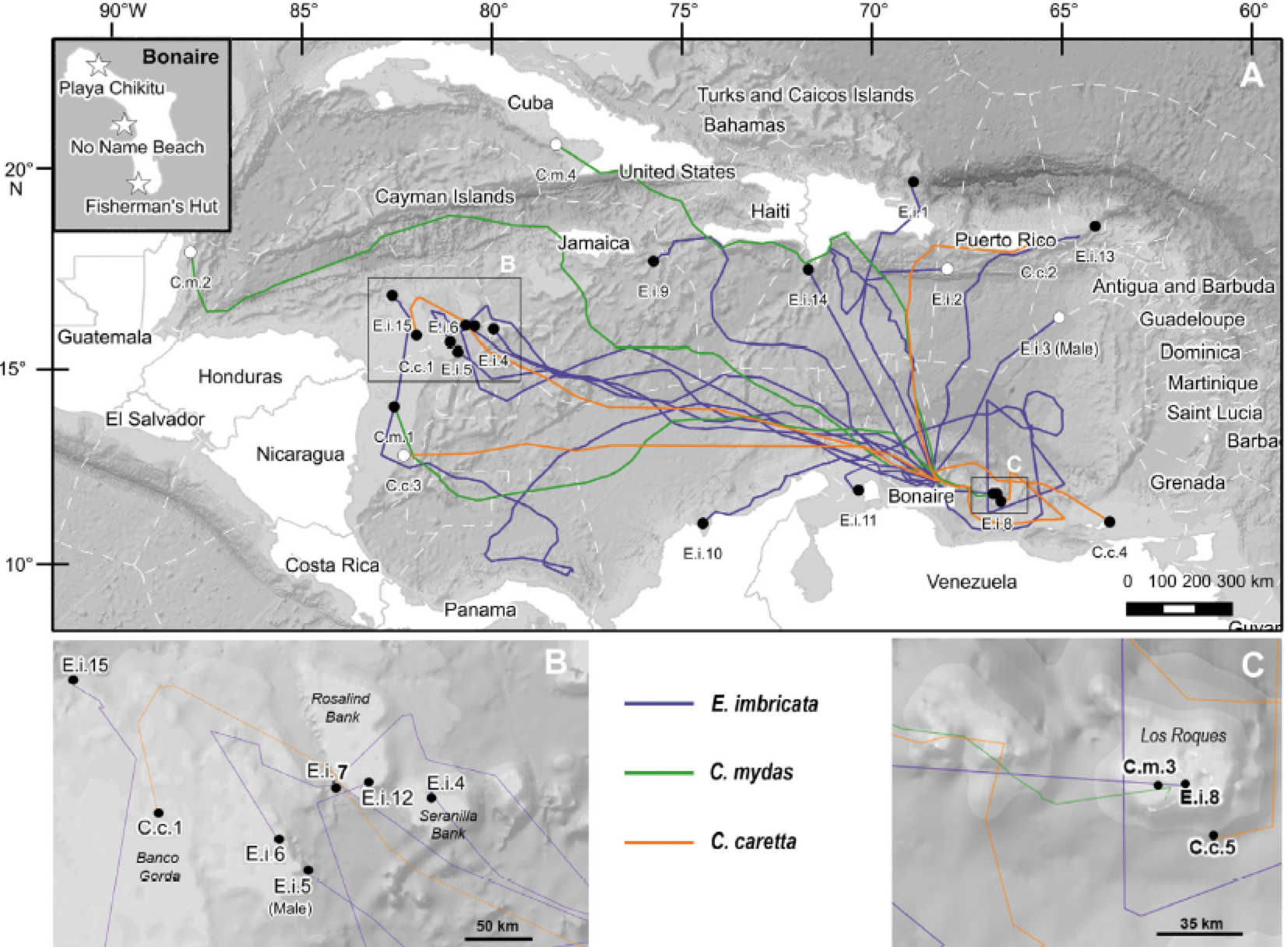Emerging from the 12th International Seagrass Biology Workshop, held in October 2016, has been the view that grazing marine megafauna may play a useful role in helping to identify previously unknown seagrass habitats. Just follow green turtles & dugongs to map global seagrass meadows…
Category Archives: Uncategorized
Started my NWO-VENI grant @ AEW – Wageningen University
Today was my first day at the Aquatic Ecology and Water Quality Management group at Wageningen University.
New Paper: What fuels the Wadden Sea foodweb?
What fuels the Wadden Sea food web? This is the question that we addressed in one of the largest ecological research projects in the Netherlands, the recently finalized “Waddensleutels” program. The answer is surprising, and has been published last month in Ecology…
Seagrass ecosystem services: Fieldwork Lac Bay, Bonaire
Just back from our field expedition to Bonaire…
36 turtles tagged in St. Eustatius
Our in-water survey of sea turtles and their habitats in St. Eustatius (a.k.a. “Statia”) was very successful. We aimed to collect data to analyse the habitat use and population connectivity of green and hawksbill turtles as part of a larger NWO research program encompassing the 6 Dutch Caribbean Islands.
Guest post: Free-diver Laurent volunteering in St. Eustatius
During our fieldwork on St. Eustatius. Laurent helped as a volunteer to catch turtles. He also made some really nice video footage while free diving. His guest post: “Being a volunteer in a scientific mission is very simple : You just have to listen to the Project Leader, and you have to be available anytime, …
Continue reading “Guest post: Free-diver Laurent volunteering in St. Eustatius”
All females? Experimental nest temperature assessments will show.
Sea turtle sex is not determined at the time of fertilization like in humans, it is set by the temperature level during nest incubation. Recently for some small island rookeries througout the Caribbean researchers reported a shift towards a more female dominated hatchlings/populations as nest temperatures slightly increased in these areas (warmer beaches result in female turtles). At St. …
Continue reading “All females? Experimental nest temperature assessments will show.”
New Publication shows Dutch Caribbean turtles migrate into risky waters
Lisa Becking (Wageningen University and IMARES) and I, together with Sea Turtle Conservation Bonaire (STCB) ; Mabel Nava, Sue Willis and Robert van Dam have shown in a recent publication that sea turtles who breed in Bonaire, Caribbean Netherlands, migrate great distances of up to 3500km to reach their foraging grounds across the Caribbean in 10 different countries.
2 times cake: 2 cool new papers! How to keep seagrass as happy as a clam?
Today 2 papers of our group were published online! This papers are the result of a successful collaboration between the University of Groningen, NIOZ and Radboud University, The Netherlands The first study by Els van der Zee et al. demonstrates that food web structure and complexity can be fundamentally shaped by
Guest post: Jurjan’s research – turtle genomics
Within the Dutch Caribbean, green and hawksbill turtle rookeries and foraging grounds are found. Green and hawksbill turtles have been decimated by human exploitation and habitat degradation, calling for knowledge of population structure and demographic history. Here we investigate migration patterns in these highly migratory species and evaluate current population status. In other words: How many turtles were there …
Continue reading “Guest post: Jurjan’s research – turtle genomics”



